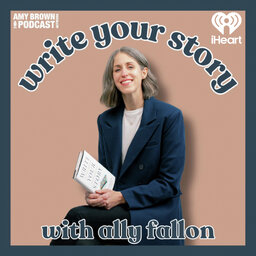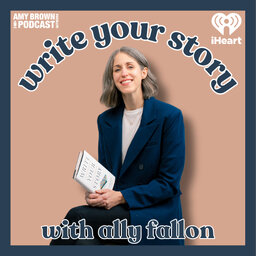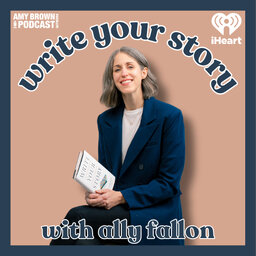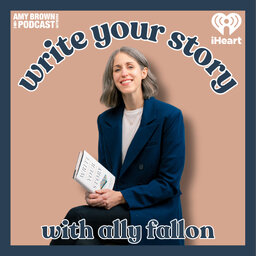Who Will Help the Hero? (The Guide)
If the hero hasn’t been able to change up until now, how will he or she manage to change now? This week I want to teach you about a very important character in your story who will help the hero shift her perspective, achieve her objective and change into the more evolved person she wants to be.
 Write Your Story with Ally Fallon
Write Your Story with Ally Fallon


